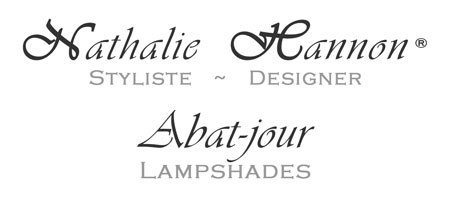Light bulbs – Lighting
LED LIGHT BULBS
LED (light-emitting diode) light bulbs have replaced traditional bulbs on the European market because these light bulbs consume less energy, have a very long durability and release very little heat. Therefore, your lampshade is protected from the risk of burns and fire.
LUMENS
In choosing a light bulb, you must know the needs in LUMENS (unit of measure of the total quantity of visible light emitted by a source) and not in WATTS (unit of measure of electrical power consumption). Lumens indicate the lighting produced by a light bulb.
Light bulb packaging today helps us by giving the equivalent power of incandescent light bulbs, but we should get into the habit of looking only for lumens (lm) and not watts (w).
Lumens (lm) light output
Light bulb types / Watts (w) electrical output
* Since February 25, 2023, compact fluorescent light bulbs have been banned from the European market.
** Since September 1, 2018, halogen light bulbs have been banned from the European market.
*** Since January 1, 2013, incandescent light bulbs have been banned from the European market.
INCANDESCENT LIGHT BULBS
Many countries today no longer produce or import incandescent light bulbs (traditional light bulb). These light bulbs are no longer available on the European market and should disappear completely.
If you still have incandescent light bulbs in your home and in your country, here are a few rules to respect :
- A minimum distance is required between the bulb and the lampshade :
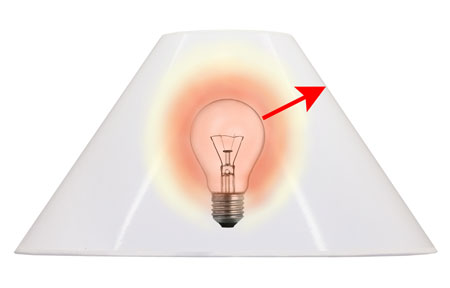
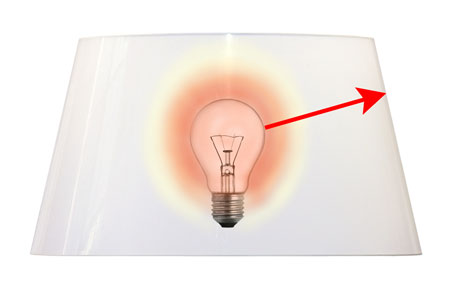
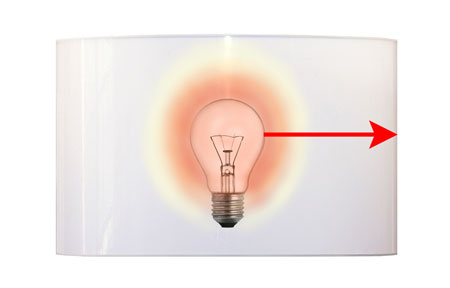
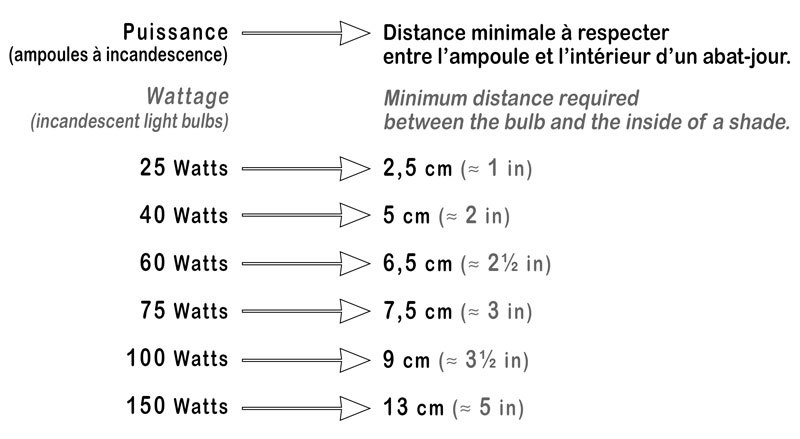
- Verify that the wattage of your light bulb is adapted to the width size of your lampshade. A light bulb too strong (too hot) could alter, even burn, your lampshade if the lampshade size is insufficient.
- You can also verify the lamp base recommendations for wattage, but it is especially the lampshade that determines the maximum wattage allowed.
- Again, think of using low energy-efficient light bulbs to protect your lampshade, reduce energy consumption and heat production.
NATHALIE HANNON’S LAMPSHADES
For Nathalie Hannon’s lampshades, the maximum wattage recommended only concerns incandescent light bulbs, because these bulbs heat up. We strongly discourage the use of halogen light bulbs.
France – European Ref. (E27)
Incandescent Light Bulbs
Size and Shape
Recommended
SM Coolie
M Coolie
ML Coolie
M Drum
L Coolie
L Drum
L Cylinder
USA – American Ref. (Spider)
Incandescent Light Bulbs
Size and Shape
Recommended
M Coolie
M Drum
L Coolie
L Empire
L Drum
L Cylinder
